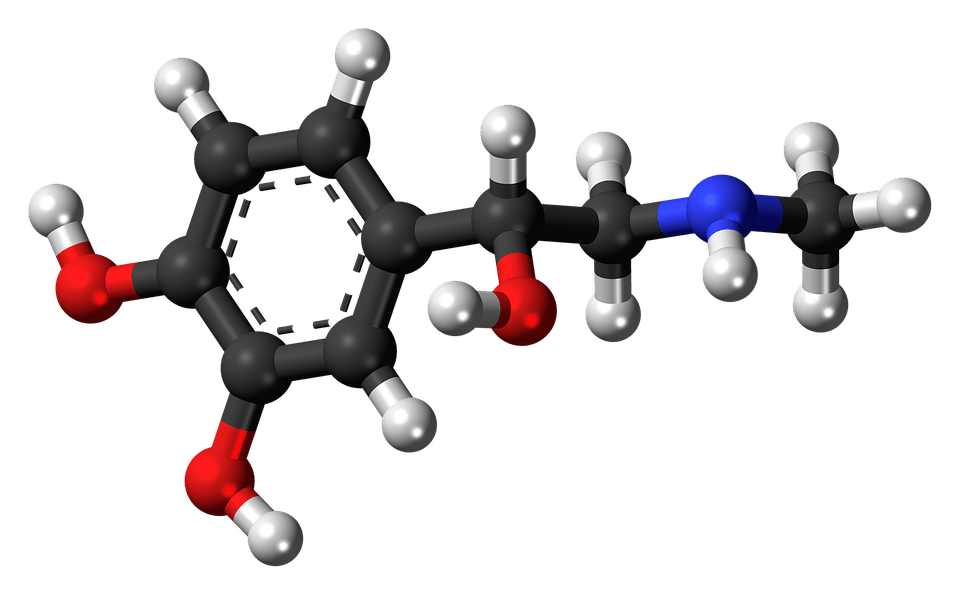If you’re hearing a lot about FODMAPs recently, that’s because specialists and patients alike are finding that these short chain carbohydrates are responsible for a wide variety of digestive health issues that can lead to pain and discomfort. FODMAPs are fermentable oligo-, di-, mono-saccharides and polyols, and while not everyone is sensitive to these molecules, people with irritable bowel syndrome in particular may find that they have to be super careful with the things they eat. Here, we take you through the details of FODMAPs and how you can avoid them.
Types of FODMAPs
The problem with FODMAPs is that they are hard to digest. They aren’t present in all foods, but if you’re sensitive and not careful about what you eat, you’ll find yourself in a lot of pain. So what is a FODMAP? Common FODMAPs include fructose, which is a simple sugar found in fruits and vegetables; lactose, which is found in milk; fructans, which can be found in certain grains; galactans, which are found in legumes; and polyols, which are sugar alcohols found in sweeteners.
What problems does FODMAPs cause?
FODMAPs are classified as a fiber, so they aren’t digested and will reach the end of your gut where your bacteria reside. Acting as fuel for these bacteria, FODMAPs are fermented, which produces methane, hydrogen and other gasses which lead to bloating, cramps and other symptoms like constipation or diarrhea.
The benefits of reducing FODMAPs in your diet
If you have a digestive disorder like irritable bowel syndrome, then you may find a lot of benefit in cutting out FODMAPs from your diet. Irritable bowel syndrome, also known as IBS, is very common, but it is very difficult to treat. Recent research has suggested that a low-FODMAP diet can help IBS patients by reducing the symptoms, resulting in less gas and bloating, a restoration in normal digestive functions and a reduction in stomach pain.
What foods can you eat on a low-FODMAP diet?
Any diet that you have to undertake for your health can be a drag, but the low-FODMAP diet may surprise you. In order to reduce exposure to FODMAPs, your diet needs to be full of a variety of delicious and healthy foods and you will actually love eating. For instance, meat and eggs are very low in FODMAPs unless they have additions like breadcrumbs or corn syrup. Fats and oils are also good for you in this regard too. If you like fruits, then stick to bananas, grapes, oranges and strawberries, and vegetable lovers can eat a variety of foods such as peppers, carrots, bok choy, celery, lettuce, sweet potatoes and tomatoes. Of course, water, coffee and tea are also fine when you’re on a low-FODMAP diet, so you don’t have to shy away from those.
If you have a lot of digestive issues or you’ve been diagnosed with IBS, then you’re probably finding that you can’t eat much without feeling bloated and sick afterwards. If you’ve ever thought that there’s no way to eat the foods you love without this discomfort, then you will be happy to hear that eliminating FODMAPs from your diet might bring you some relief whilst allowing you to eat a wide variety of delicious and healthy foods. By using our guide, you can learn about the foods to avoid in order to live a pain-free life each day.
